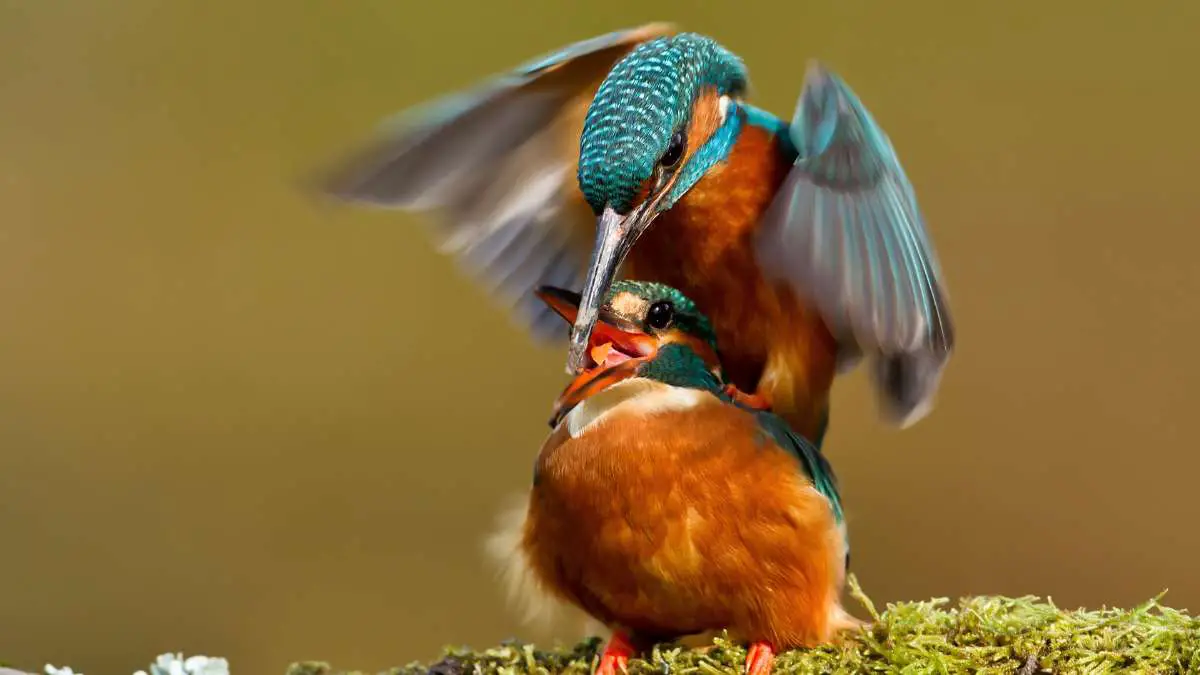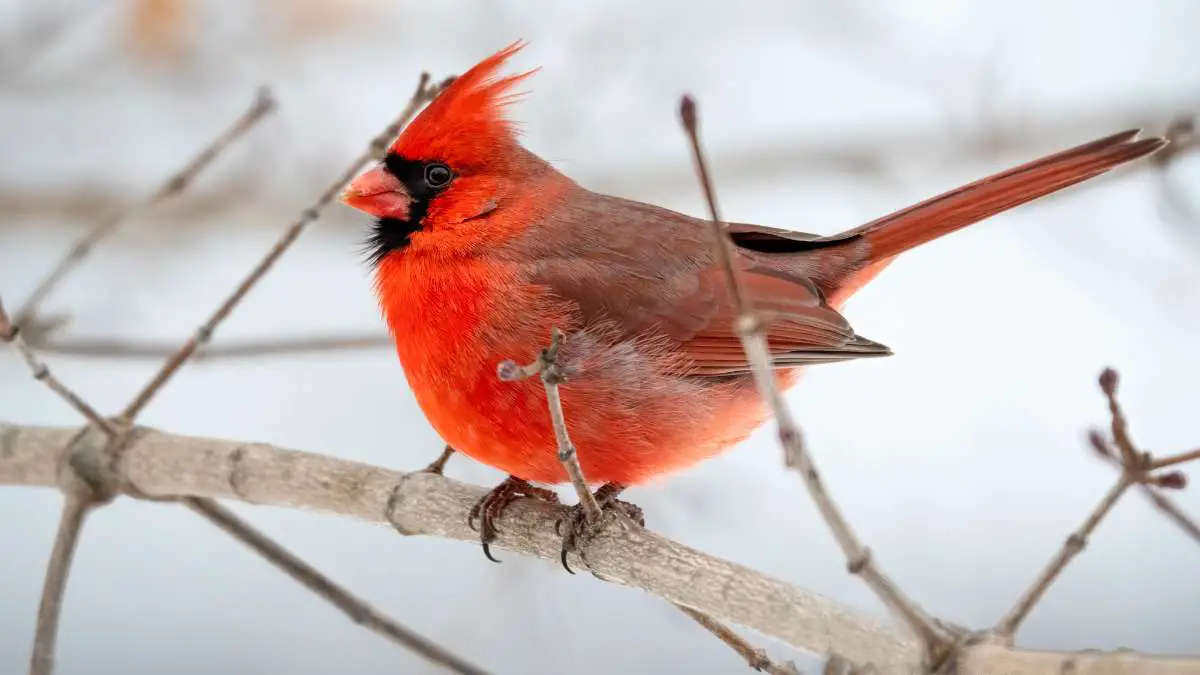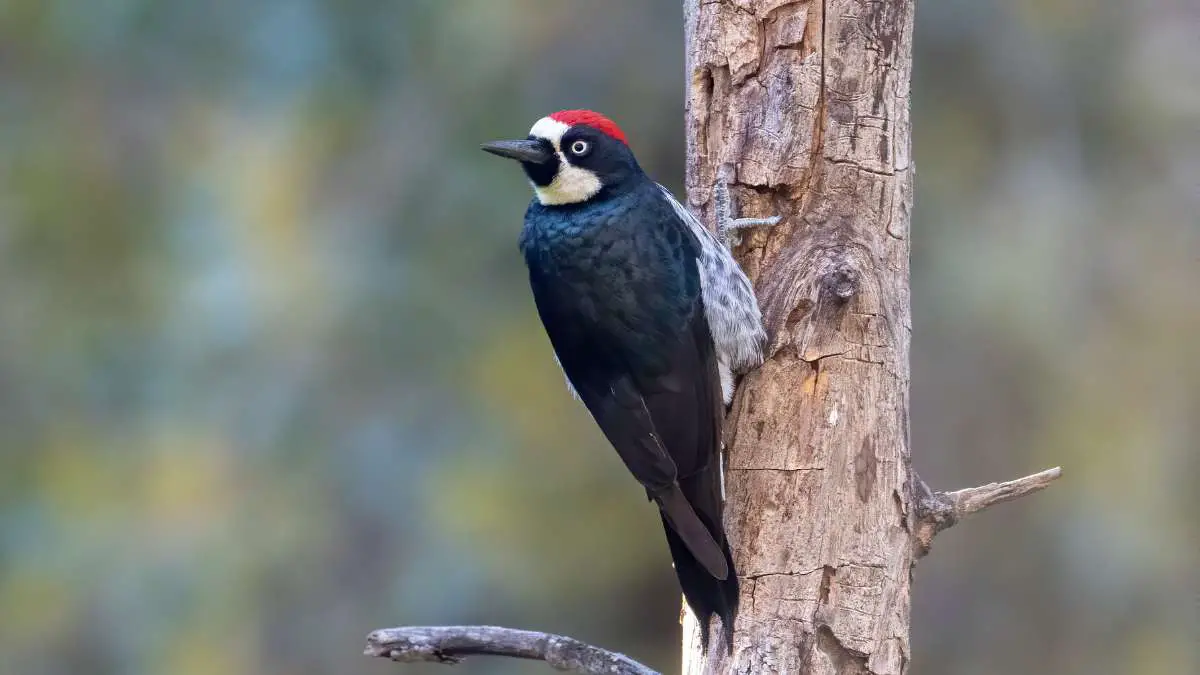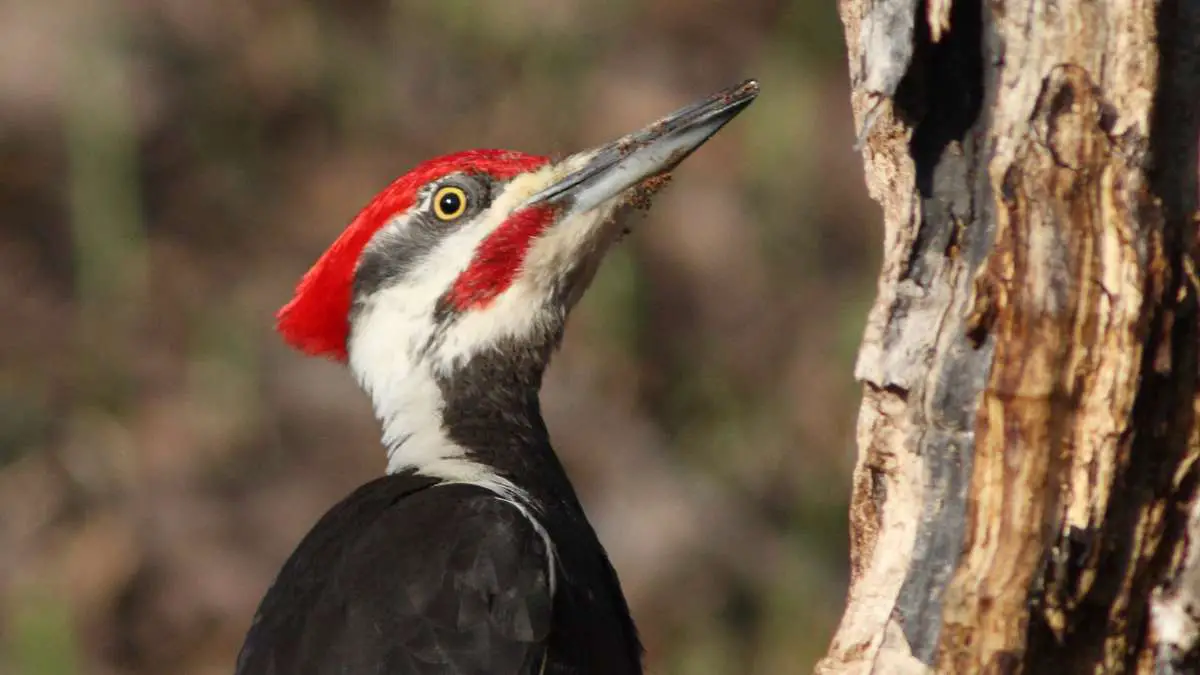Kingfishers are fascinating birds known for their vibrant colors and impressive hunting skills. When it comes to their mating habits, kingfishers generally do not mate for life.
While some bird species form lifelong bonds, kingfishers typically form monogamous pairs just for one breeding season.
During this time, they work together to build nests, incubate eggs, and feed their chicks. Once the breeding season is over and the young are independent, these pairs usually go their separate ways.
However, it’s not uncommon for the same pair to reunite for another breeding season if they return to the same territory.
So, while kingfishers show strong monogamous behavior during breeding, they don’t usually maintain these bonds for life. This pattern helps them adapt to changing environments and find the best possible mates each season.
Kingfisher Species
Kingfishers are vibrant and striking birds with over 90 species found worldwide, commonly near water bodies like rivers and lakes.
Notable species include the Common Kingfisher in Europe and Asia, the Belted Kingfisher in North America, and the Laughing Kookaburra in Australia.
They thrive in diverse habitats, from tropical rainforests to temperate zones. Kingfishers range in size from 10 to 45 centimeters and display vivid colors like blue, green, and orange, which provide a kind of blending color which can match the sky.
Their long, sharp bills and keen eyesight make them excellent hunters, while their strong feet and claws aid in perching and nesting.
Kingfisher Mating Behaviors
Courtship Rituals
Kingfishers are known for their unique courtship rituals. One of the most striking displays is their aerial acrobatics.
Male kingfishers perform impressive flight patterns to catch the eye of a potential mate. This display is not just about showing off their flying skills but also about demonstrating their fitness and agility.
Another important part of courtship is courtship feeding. During this ritual, the male kingfisher catches a fish and presents it to the female. If she accepts the offering, it indicates her interest in him as a mate.
This act also shows the male’s ability to provide food, a crucial factor for the survival of their future chicks.
Nesting Habits
Once a pair of kingfishers has formed, they move on to building a nest. Kingfishers are burrowers and typically dig their nests into riverbanks or sandy cliffs.
The construction process involves both the male and female using their strong beaks to excavate a tunnel. This tunnel can be up to several feet long, ending in a small chamber where the eggs will be laid.
Kingfishers prefer nesting sites close to water bodies like rivers, lakes, or streams.
These locations provide easy access to their primary food source – fish. The proximity to water also helps in regulating the temperature and humidity levels inside the nest, creating a suitable environment for the eggs and chicks.
Parental Roles
Both parents share the responsibilities of raising their young. The division of labor is quite balanced. While the female incubates the eggs, the male is responsible for feeding her.
After the chicks hatch, both parents take turns feeding them. The male and female work tirelessly to catch enough fish to satisfy the growing appetites of their chicks.
Protection of the nest and chicks is another critical role. Both parents remain vigilant, guarding their territory from potential predators and rivals.
This teamwork ensures the chicks’ survival and prepares them for their eventual independence.
Monogamy in Birds: A General Perspective
Monogamy vs. Polygamy in Birds
In the bird world, monogamy and polygamy describe different mating systems. Monogamy means that a bird pairs with a single mate for at least one breeding season.
Polygamy, on the other hand, occurs when birds have multiple mates within the same breeding season.
Examples of monogamous birds include swans, which are known for their lifelong pair bonds, and many songbirds, like robins and sparrows, that form seasonal monogamous pairs.
Polygamous birds include species like the red-winged blackbird, where males may have multiple female mates, and the pheasant, known for its polygamous mating behavior.
Benefits of Monogamous Pairing
Monogamous pairing in birds offers several advantages. One key benefit is increased offspring survival. When both parents are involved in raising the young, the chicks receive better care and more food.
This cooperative effort significantly boosts the chances of the chicks surviving to adulthood.
Another benefit is efficient resource sharing. In a monogamous relationship, the pair can work together to defend their territory, build nests, and gather food.
This teamwork ensures that both parents and their offspring have access to the necessary resources, leading to a more stable and successful breeding season.
Species-Specific Mating Patterns
Birds exhibit various mating patterns, and this is true for kingfishers as well. While some kingfisher species are monogamous, others may not be.
Monogamy means that a bird pairs with one mate for at least a breeding season, and sometimes for life. In contrast, polygamous birds have multiple mates within the same breeding season.
Among kingfishers, species-specific differences are notable. For example, the Common kingfisher often forms monogamous pairs, working together to raise their young.
In contrast, other species like the Woodland kingfisher may exhibit more flexible mating behaviors.
Research and Observations
Research on kingfisher mating habits provides valuable insights. Studies have shown that monogamous kingfisher pairs, such as those of the common kingfisher, share responsibilities like nest building and feeding their chicks.
These observations come from both scientific studies and bird watchers who spend hours observing these fascinating birds in their natural habitats.
Bird watchers and researchers have documented these behaviors, noting how monogamous kingfishers often exhibit strong pair bonds.
They defend their territory together, ensuring a safe environment for their offspring. This cooperative behavior enhances the survival rate of their young, showcasing the benefits of monogamous pairings in the bird world.
Factors Influencing Kingfisher Mating Habits
Environmental Influences
Kingfisher mating habits are significantly shaped by their environment. The availability of suitable habitats and food sources plays a crucial role.
Kingfishers prefer areas near clean water bodies, such as rivers and lakes, where they can find plenty of fish.
If food is abundant and nesting sites are ideal, kingfishers are more likely to form stable, long-term pairs.
Climate change is also impacting kingfisher mating behavior. Alterations in weather patterns can affect water levels and fish populations, forcing kingfishers to adapt.
In some cases, changes in climate may lead to disruptions in their breeding cycles, causing them to alter their traditional mating habits.
Predation and Survival Strategies
Predation pressures influence kingfisher mating systems. High predation risk can affect their nesting choices and mating strategies.
In areas with many predators (mainly snakes), kingfishers might choose nesting sites that are harder to reach. This behavior helps protect their eggs and chicks from being eaten.
To ensure survival, kingfishers have developed adaptive behaviors. For instance, they might become more territorial during breeding seasons to defend their nests from predators and rivals.
Monogamous pairs often work together more effectively to guard their nest and raise their young, increasing the chances of offspring survival.
Hidden and unnoticed threat to breeding of Kingfishers
Since they excavate a hole in river banks, lack of such nesting surfaces might be a great threat to the future population of most of the kingfisher species world wide.
Due to unplanned development projects linked with irrigation and dam constructions most of the suitable habitats recognised as potential nesting sites have been destroyed or are being destroyed.
Therefore urgent conservation action needs to preserve such nesting sites which may help not only kingfishers but also Bee-eaters.
Comparison with Other Bird Species
Similarities and Differences
Kingfishers share some similarities with other monogamous birds, but they also have unique mating behaviors.
Like many monogamous birds, kingfishers form pairs to raise their young together.
This cooperation ensures that both parents can contribute to feeding and protecting their chicks, which increases the chances of their offspring’s survival.
However, kingfishers exhibit unique behaviors that set them apart. For instance, their courtship rituals include spectacular aerial displays and courtship feeding, where the male offers fish to the female.
These behaviors not only strengthen the pair bond but also demonstrate the male’s ability to provide, a key factor in the female’s mate choice.
Evolutionary Perspectives
Monogamy in kingfishers offers several evolutionary advantages. By forming long-term pairs, kingfishers can ensure a stable environment for their young.
This stability is crucial for the successful rearing of chicks, as both parents can share the demanding tasks of feeding and protecting them.
Over time, the mating systems of kingfishers have evolved to maximize reproductive success.
In environments where resources are scarce or predation risks are high, monogamous pairings become particularly advantageous.
They allow for efficient resource use and enhanced protection, giving monogamous kingfishers an edge over those with different mating systems.
Conclusion
In summary, kingfishers often form monogamous pairs, but not all species mate for life.
Environmental factors, such as habitat and food availability, significantly influence their mating habits.
Predation pressures and adaptive behaviors also play crucial roles in their reproductive strategies. Compared to other monogamous birds, kingfishers have unique courtship and nesting behaviors that enhance their chances of offspring survival.
Evolutionarily, monogamy provides kingfishers with stability and efficient resource sharing, crucial for raising their young successfully.
So, while some kingfishers exhibit lifelong monogamous relationships, their mating behaviors are diverse and adaptive, shaped by both environmental and evolutionary factors.





